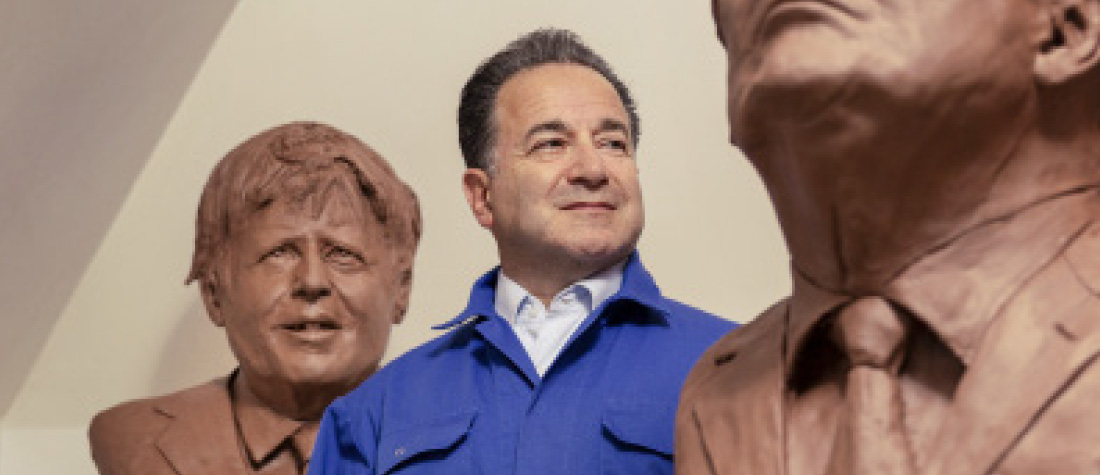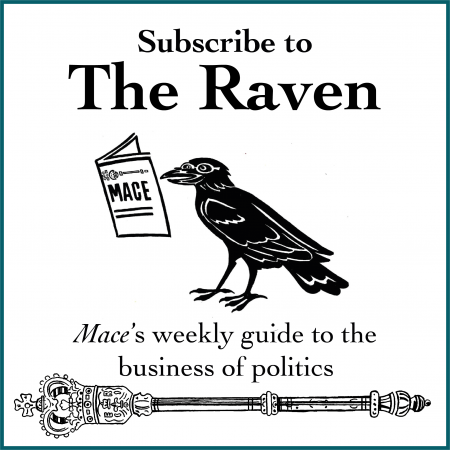The email signature, to paraphrase Polonius, oft proclaims the man. Professor Nadey Hakim’s shows a ludicrous capacity for achievement. A tenth of the way down his signature you’ve discovered that he’s Chevalier de la Légion d’Honneur and Vice-President of the British Red Cross. Other titles include Imperial College President’s Envoy and Vice-President of the International Medical Sciences Academy.
One in particular catches my eye: Vice President of Conservative Health. It reminds me of where I first met him: at a Carlton Club dinner. There, I was introduced to a neat Lebanese man by a Conservative Party treasurer: “And here’s who you want to be near if you happen to have a heart attack tonight.”
The 61-year-old is one of the world’s leading surgeons – part of the team that performed the world’s first hand transplant in 1998. We meet at 100 Harley Street, where Hakim has his private practice. But it’s not this that most interests me about him: it’s what he’s done with the time freed up by his surgical gifts. “I would finish my day’s operations early,” he tells me, “and people would say: ‘How can you have done those so quickly?’ And I’d say: ‘Check if anything is wrong with them’.”
Vindicated like this, he soon found the world’s hospitals accepting his more limited working hours. With the spare time, he began to sculpt. His subjects were the powerful: Emmanuel Macron, Vladimir Putin, David Cameron. Quirkily, he started sending his busts to the subjects themselves.
He has experienced gratifying reactions. The Putin bust earned him a letter from the Russian ambassador. The David Cameron bust soberly ponders the referendum result at the top of the Carlton Club’s staircase. He was even invited to North Korea after he sent them his sculpture of the Supreme Leader.
Perhaps his most notable triumph was presenting his sculpture of Pope Francis direct to the pontiff himself: a photo of this success is perched on his mantelpiece. “The Pope saying he liked my sculpture is the nicest comment you could ever get,” Hakim says.
“I’ve just finished the sculpture of Trump and I’m just completing the sculpture of Boris.” Hakim is aware that he is swimming in controversial waters. “I’ve resisted a lot doing it. I must admit a lot of people said, ‘Don’t do Trump’. But I’m an artist, not a politician. He has a lot of personality and it came out very quickly. I’ve sent the picture to the American ambassador here in London, and he’s passed it on to the White House.”
What has he learned about Trump from spending so much time with his likeness? “I wanted that particular look: man of authority and man of I-don’t-care-what-you-think-I’m-going-to-do-it. He doesn’t care, he’s the king.”
And Boris? As a longstanding Conservative donor, Hakim knows Johnson a little: “He’s a very nice person to sit next to.” He shows me a picture of the work in progress, showing Boris looking more prime ministerial than, in truth, is sometimes the case. “I wanted this look where he was telling the world: ‘I’m going to be PM’ or ‘I am PM’. That’s his look: he looks always somewhere else. I think it’s ambition.”
But why does he do it? “I’ve been making use of this skill to open doors and it has worked.” So this is an advanced form of networking. “I have found out that via the art I can get close to important people and bypass obstacles.”
I sense that Hakim is a kind and talented man who nevertheless enjoys validation. “My trip to North Korea. Again, who else has been to North Korea? But to get invited and given VIP treatment is an exception thanks to the sculpting skill. I received an invitation and I’m waiting for the date and this time I’ll meet [Kim Jong-un] in person.”
It must be admitted that this touches on the worship of power for power’s sake; one wonders, for instance, what Hakim feels about the plight of the North Korean people. He defends Trump now (“He’s achieving a lot”) but one suspects that were we to have a President Biden or President Warren, it would not be a difficult decision for him to choose his next subject.
What attracts him to the topic? “When they’re in power, it’s a different look,” Hakim explains. “People change. I had dinner with [here he names a member of Theresa May’s Cabinet, no longer a frontbencher] and he was a different person.” Hakim reminds me of how Philip Hammond, shortly after resigning as Chancellor, was photographed on the Tube: to dust we all return. “The Lebanese look at that and say, ‘We wish Lebanon could copy this.’ And the way it’s ‘Boris’ – that irreverence.”
Hakim’s subjects are perhaps too close to us now to assess them purely as artworks. His art we can judge in time, but he’s certainly chosen an apt subject for the populist age of Trump and Boris: Trump and Boris themselves.


